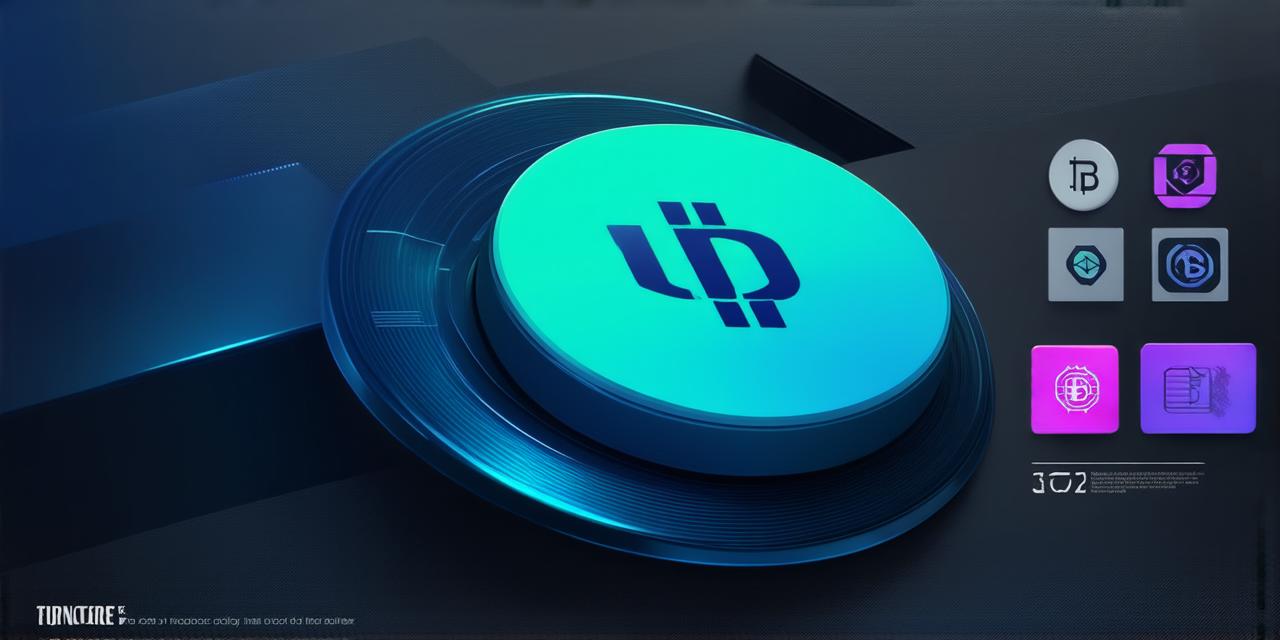Introduction:
Initial DEX Offerings (IDOs) are becoming increasingly popular among cryptocurrency enthusiasts and developers. With the rise of decentralized finance (DeFi), IDOs have emerged as a new way for projects to raise funds, gain traction, and build communities. However, what exactly is an IDO, and how does it work? In this comprehensive guide, we will explore the meaning of IDO in the context of cryptocurrency and provide insights into how developers can leverage this innovative fundraising mechanism.
What is an Initial DEX Offering (IDO)?
An IDO is a type of fundraising event where a new cryptocurrency project sells its tokens directly to investors on a decentralized exchange (DEX) without the need for intermediaries such as venture capitalists or investment firms. This allows projects to access a wider pool of potential investors, reduce costs, and gain greater control over their token distribution.
IDOs typically involve the creation of a new cryptocurrency project, which then launches its tokens on a DEX through an auction-style sale. Investors can bid on the tokens using other cryptocurrencies, such as Bitcoin or Ethereum, and the tokens are distributed to the highest bidders. The proceeds from the sale are used by the project to develop its product or service, build its team, and create a community around the token.
How does an IDO differ from ICOs?
Initial Coin Offerings (ICOs) were the original method of fundraising for cryptocurrency projects. ICOs involve the sale of tokens to investors in exchange for fiat currency or other cryptocurrencies. The tokens are usually sold through a fixed-price offering or an auction-style sale, and the proceeds are used by the project to develop its product or service.
The main difference between IDOs and ICOs is that IDOs involve the sale of tokens on a DEX, while ICOs typically involve the sale of tokens through centralized exchanges or direct sales with accredited investors. IDOs also tend to have lower costs and greater accessibility for projects, as they do not require intermediaries such as venture capitalists or investment firms.
The Benefits of an IDO for Crypto Developers
1. Access to a Wider Pool of Investors: IDOs allow projects to sell their tokens directly to investors on a DEX, which means that they can access a wider pool of potential investors who may not have access to traditional venture capital or investment firms. This can be especially beneficial for projects that are targeting niche markets or have innovative products and services.
2. Reduced Costs: IDOs typically have lower costs than ICOs, as they do not require intermediaries such as venture capitalists or investment firms. This can save projects a significant amount of money and allow them to allocate their funds more effectively.
3. Greater Control over Token Distribution: IDOs give projects greater control over the distribution of their tokens. This means that projects can ensure that their tokens are distributed fairly and equitably, which can help to build trust and support among the community.
4. Faster Time-to-Market: IDOs allow projects to quickly launch their tokens on a DEX and start raising funds, which can help them bring their products and services to market faster. This can be especially important for projects that are targeting time-sensitive markets or have limited resources.
Real-Life Examples of Successful IDOs
1. Uniswap: Uniswap is a decentralized exchange that allows users to trade cryptocurrencies without the need for intermediaries. It was launched in 2018 and has since raised over $2 billion in funding through an IDO. The proceeds from the sale were used to develop the Uniswap protocol, which powers the exchange’s liquidity pools and smart contracts.
2. Yearn Finance: Yearn Finance is a decentralized finance platform that provides a range of products and services, including yield farming, lending, and borrowing. It was launched in 2018 and has since raised over $75 million through an IDO. The proceeds from the sale were used to develop the Yearn Finance ecosystem, which includes a range of products and services that help users earn interest on their cryptocurrencies.
3. Polkadot: Polkadot is a decentralized platform that allows different blockchain networks to interoperate and communicate with each other. It was launched in 2017 and has since raised over $450 million through an IDO. The proceeds from the sale were used to develop the Polkadot network, which includes a range of products and services that enable different blockchain networks to work together.
FAQs:
Q: What is the difference between an IDO and an ICO?
A: An IDO involves the sale of tokens on a decentralized exchange (DEX), while an ICO typically involves the sale of tokens through centralized exchanges or direct sales with accredited investors.
Q: How does an IDO work?
A: An IDO involves the creation of a new cryptocurrency project, which then launches its tokens on a DEX through an auction-style sale. Investors can bid on the tokens using other cryptocurrencies, and the proceeds from the sale are used by the project to develop its product or service.

Q: What are the benefits of an IDO for crypto developers?
A: Some benefits include access to a wider pool of investors, reduced costs, greater control over token distribution, and faster time-to-market.
Summary:
Initial DEX Offerings (IDOs) are becoming increasingly popular among cryptocurrency enthusiasts and developers. IDOs allow projects to raise funds, gain traction, and build communities without the need for intermediaries such as venture capitalists or investment firms. By understanding the meaning of IDO in the context of cryptocurrency, developers can leverage this innovative fundraising mechanism to access a wider pool of investors, reduce costs, and bring their products and services to market faster
